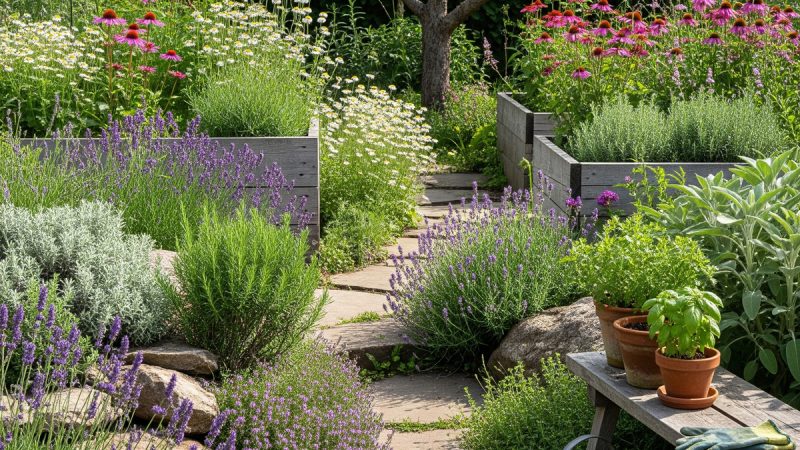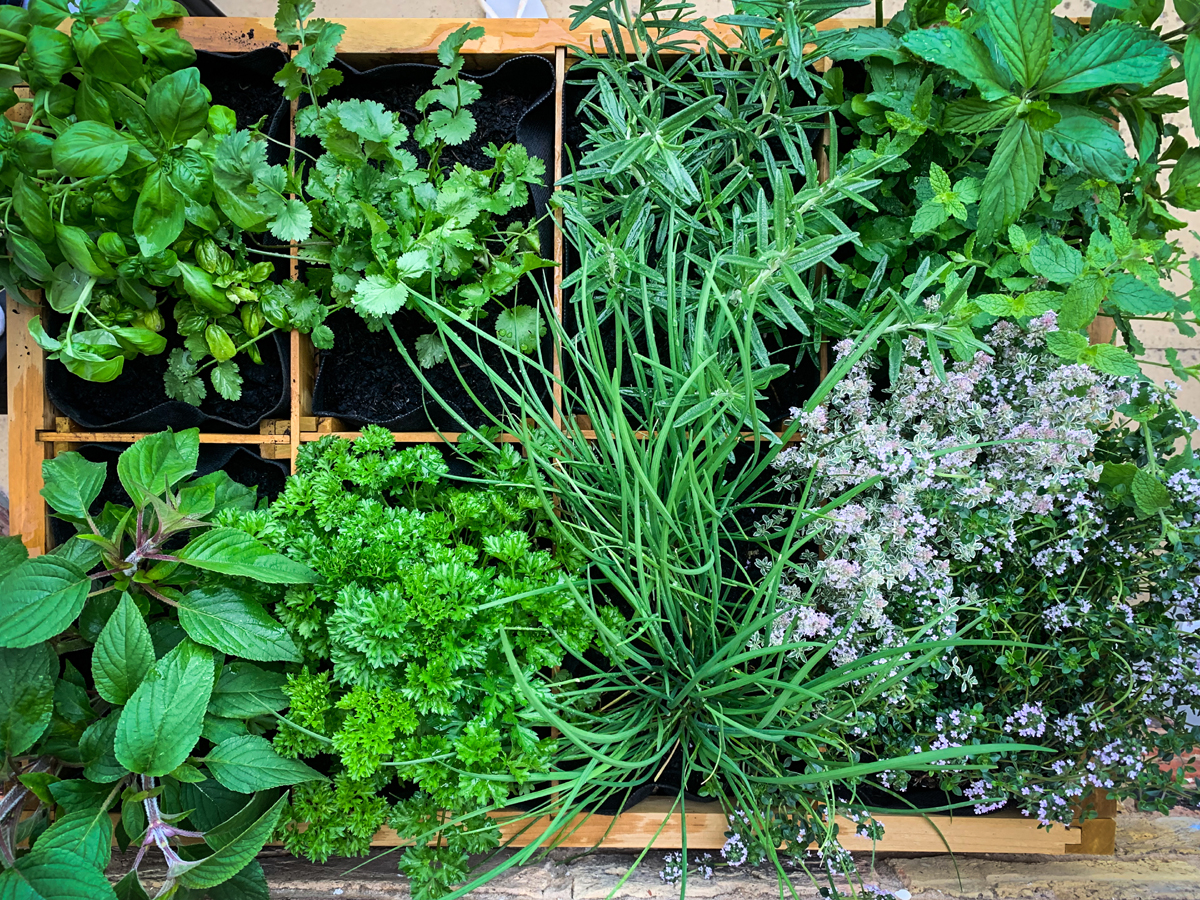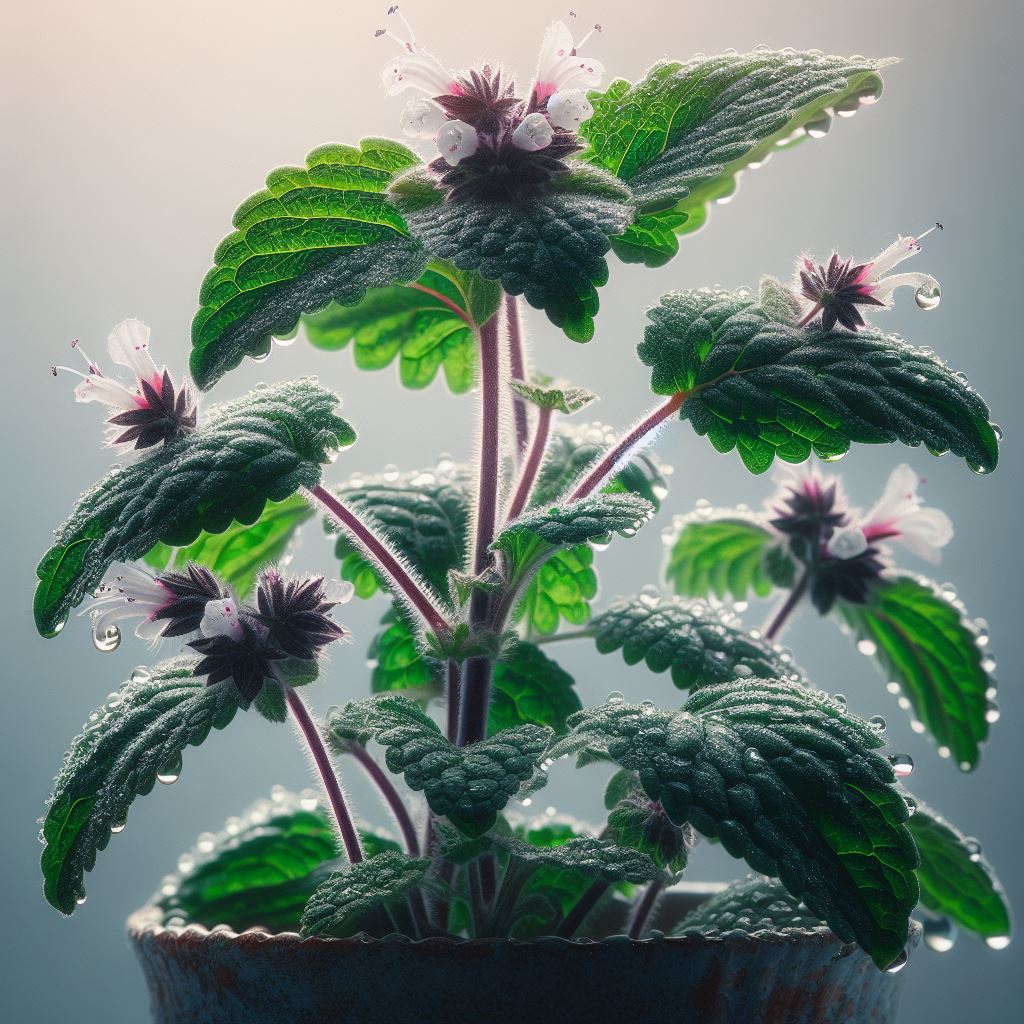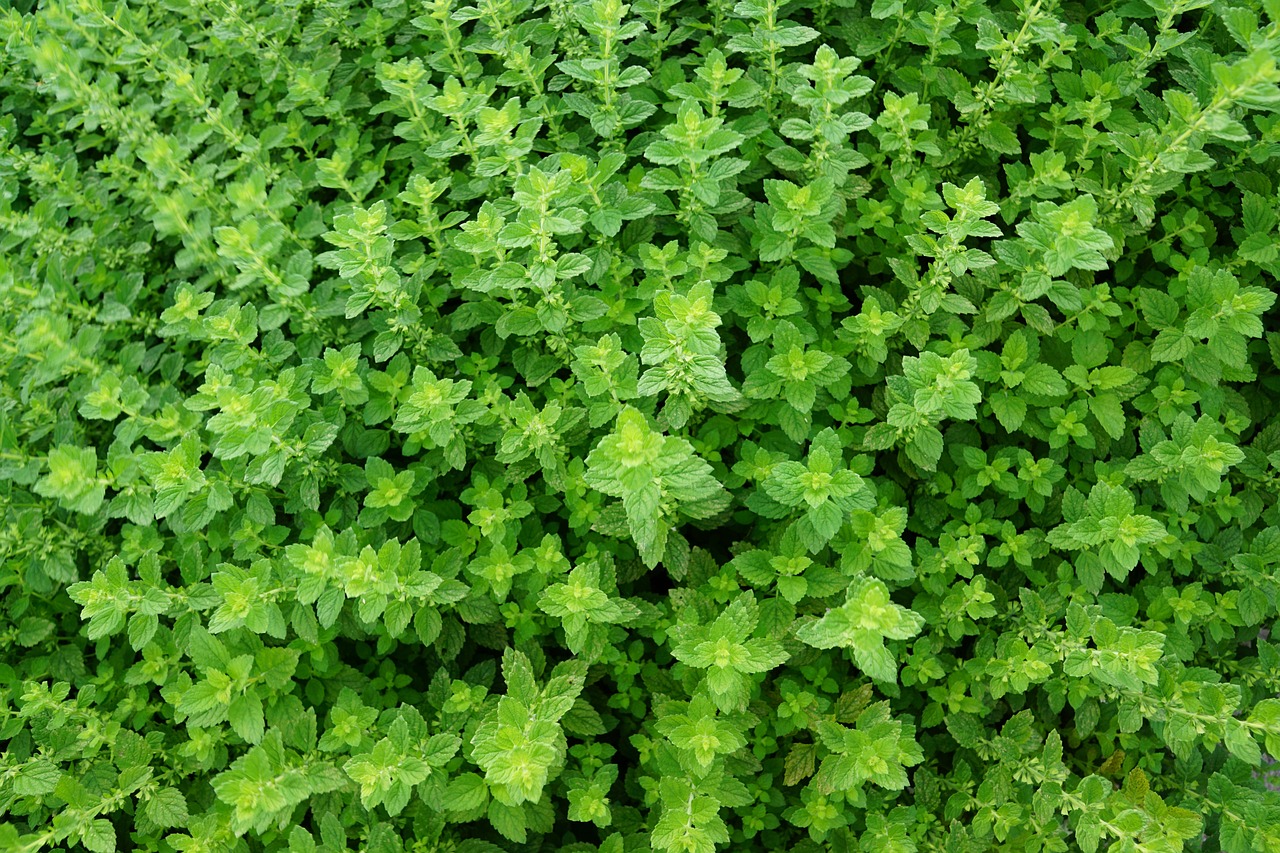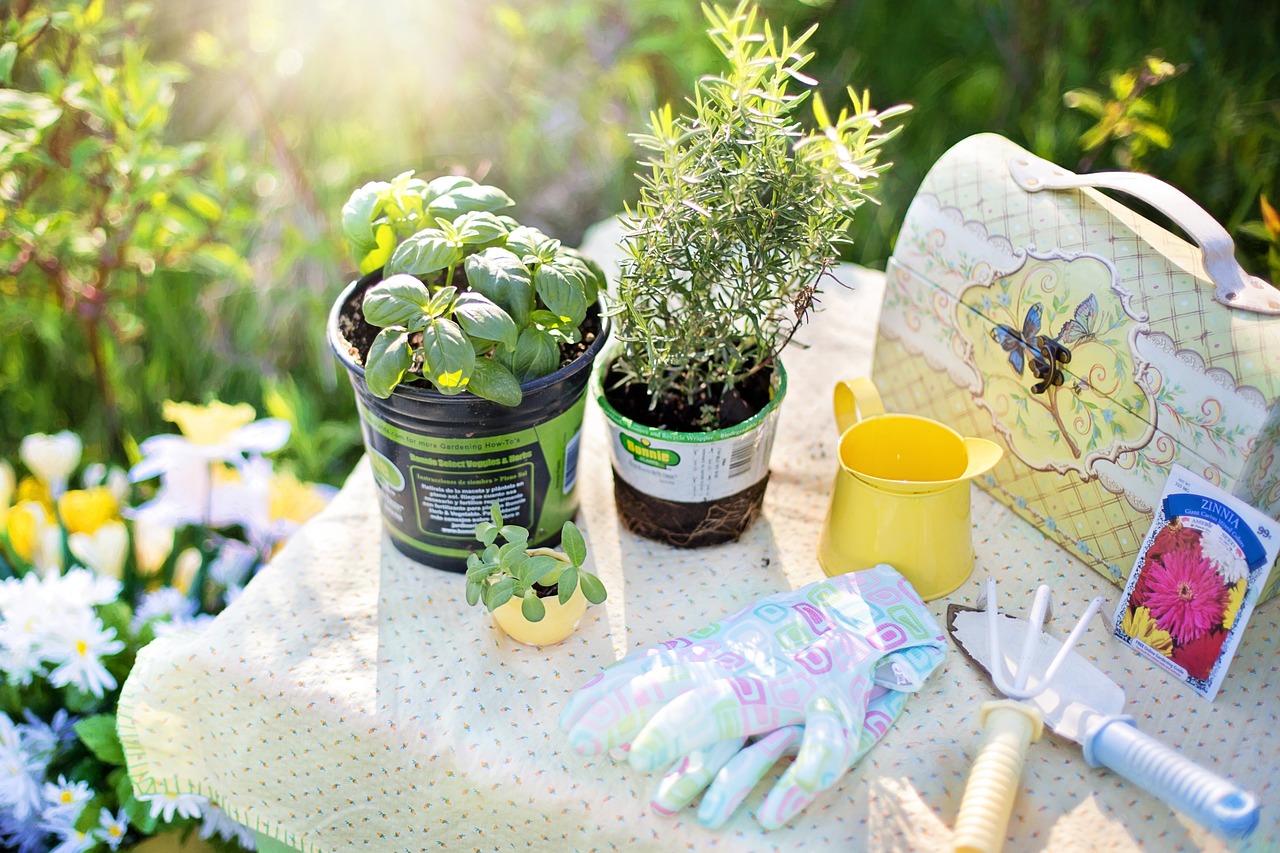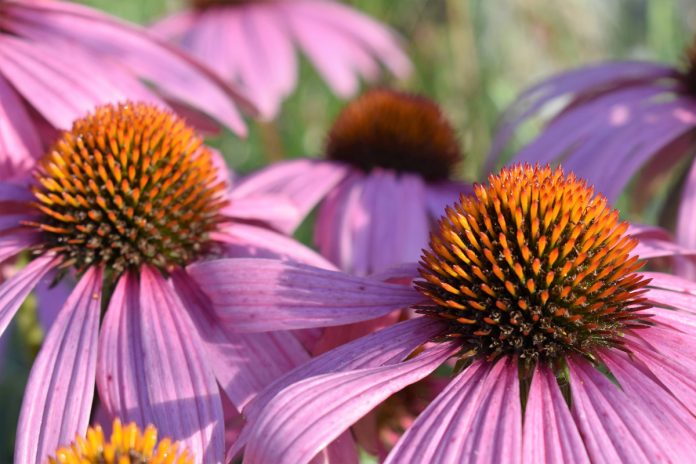Top 10 Herbal Teas to Grow at Home
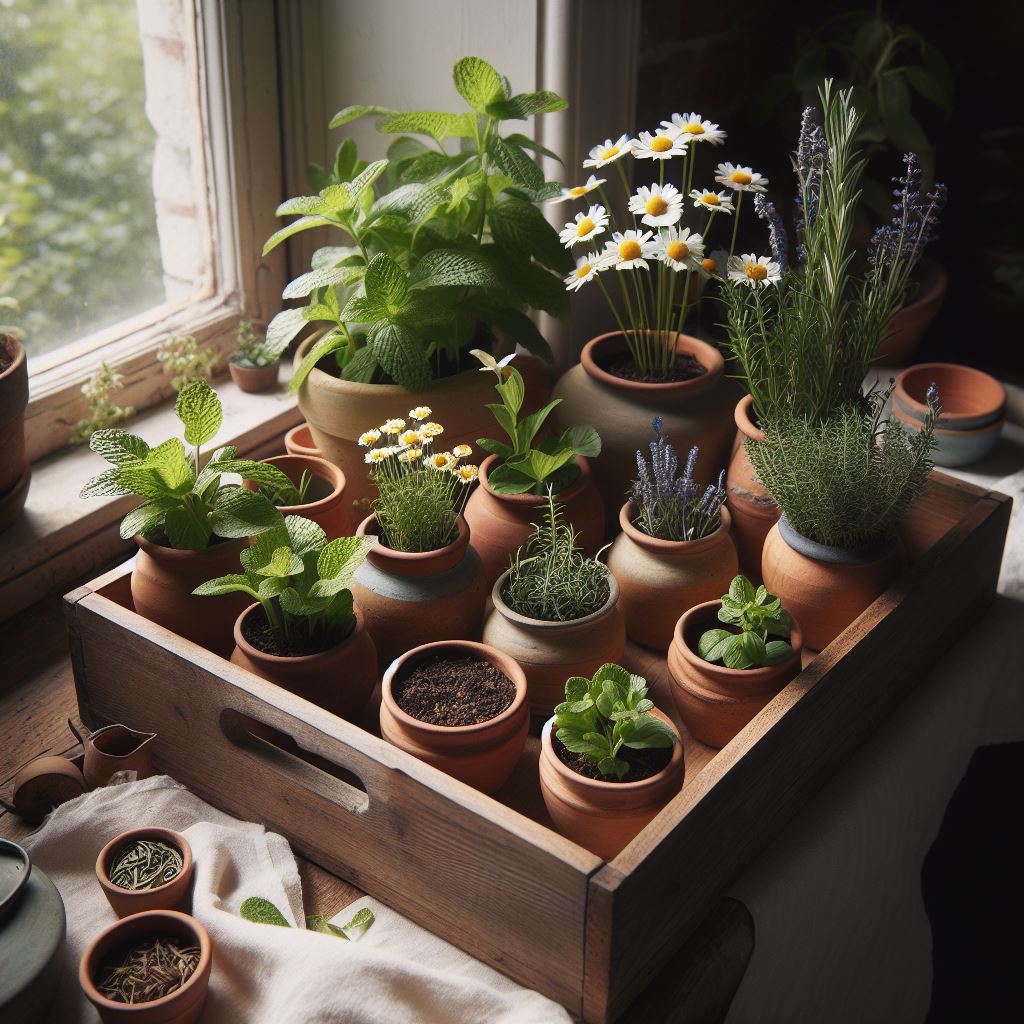
Have you ever considered growing your own tea garden? Not only is it a fun and rewarding hobby, but it can also provide you with a fresh supply of flavorsome and nutritious herbal teas. By growing and harvesting your own herbs, you can ensure that your tea is free from pesticides and other harmful chemicals.
To get started, here are the top 10 herbs to use for tea:
1. Mint – Mint is probably one of the most popular herbs to use for tea. It has a refreshing flavor and is known for its soothing properties. Mint is also believed to aid digestion and reduce inflammation.
2. Chamomile – Chamomile is another well-known herb used for tea. It has a gentle, calming effect on the body and mind, making it perfect for bedtime tea. Chamomile is also believed to have anti-inflammatory and anti-bacterial properties.
3. Lemon Balm – As the name suggests, lemon balm has a refreshing lemony flavor. It is believed to have a calming effect on the nervous system and is often used to relieve anxiety and stress.
4. Rose – Rose petals have a delicate and sweet flavor that can add a unique twist to your tea. Roses are also believed to be anti-inflammatory and rich in antioxidants.
5. Lavender – Lavender is another herb that can add a lovely floral aroma and flavor to your tea. It is known for its calming properties and can help to soothe headaches and anxiety.
6. Echinacea – Echinacea is often used for its immune-boosting properties. It has a slightly bitter taste, but when combined with other herbs, can make a delicious and healthy tea.
7. Ginger – Ginger has a spicy and warming flavor that can be very comforting, especially during cold weather. It is also believed to aid digestion and reduce inflammation.
8. Thyme – Thyme is not only a delicious herb for cooking, but it can also make a flavorful tea. It is believed to have antiseptic properties and can be used to relieve coughs and sore throats.
9. Lemon Verbena – Lemon verbena has a strong lemony scent and flavor that can make a refreshing and uplifting tea. It is believed to have anti-inflammatory and digestive properties.
10. Peppermint – Peppermint is similar to mint but has a stronger flavor and aroma. It is also believed to aid digestion and reduce headaches.
Now that you know which herbs to use, here are some tips on growing and storing your tea herbs:
– Choose a sunny spot in your garden or use containers if you don’t have a garden.
– Make sure the soil is well-drained and rich in nutrients.
– Water your herbs regularly, but don’t over-water them.
– Harvest your herbs when they are young and tender for maximum flavor.
– Dry your herbs by hanging them upside down in a well-ventilated area or using a dehydrator.
– Store your dried herbs in airtight containers in a cool, dark place.
By growing and harvesting your own tea herbs, you can create a custom blend of flavors and reap the benefits of natural remedies. Experiment with different combinations of herbs, and enjoy the fruits of your labor!
→ read more: Selling Home-Grown Tea Herbs
The Author:
Pioneerthinking.com – Ingredients for a Simple Life.
Photo. PT

